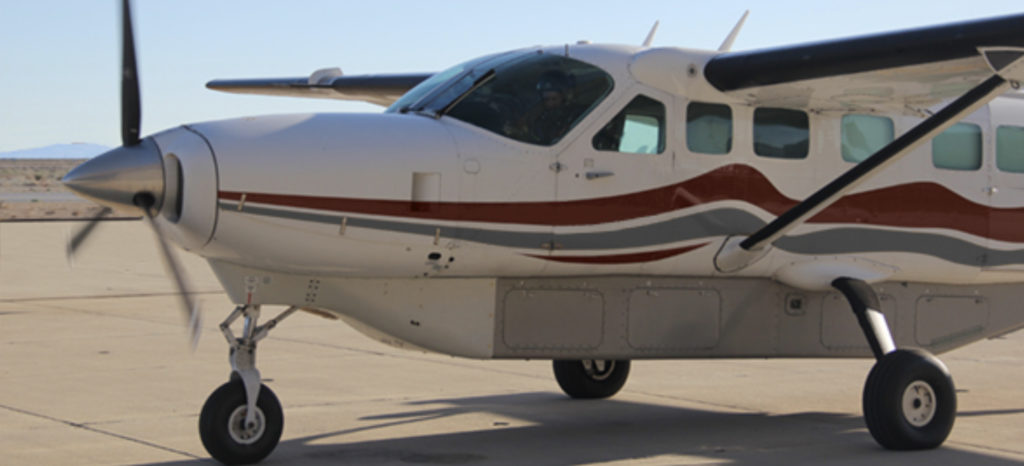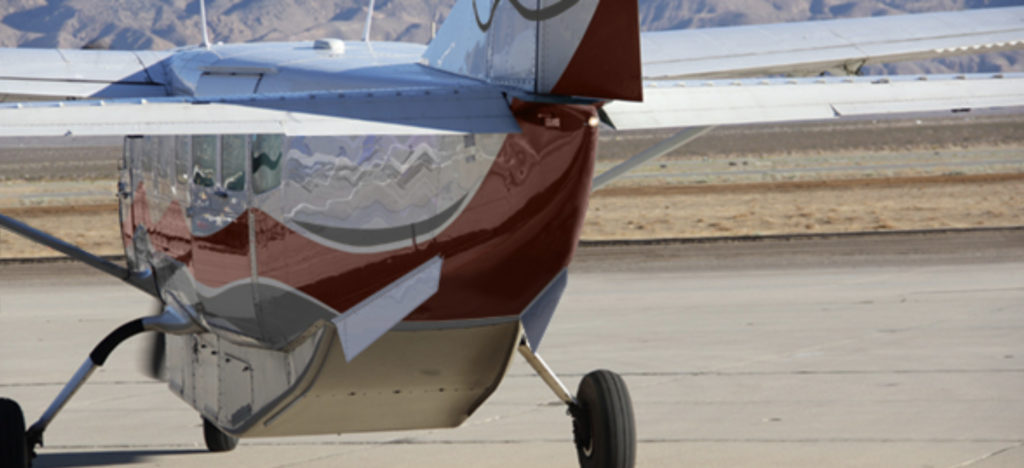Estimated reading time 5 minutes, 27 seconds.
Raisbeck Engineering — known for its aircraft performance enhancement systems — has chosen the Cessna Caravan 208B as its latest supplemental type certificate (STC) program, developing the EPIC Caravan system that is designed to reduce drag while increasing cruise speed and lowering operational costs.
The company said it saw a clear opportunity to improve the Caravan’s productivity and efficiency, as many Caravan aircraft in operation today are equipped with a cargo pod, mounted to the belly of the fuselage, which creates significant drag. As a result, speed is reduced and fuel flow is increased. Raisbeck is aiming to fulfill a need in the market for fleet operators and/or cargo haulers that fly a range of missions.

Components of the EPIC Caravan modification include a composite forward cargo pod fairing, designed to eliminate the trapping of airflow behind the nose gear and in front of the leading edge of the cargo pod.
As well, EPIC Caravan features metal dual aft body strakes, which help smooth airflow from the cargo pod and forward fuselage, “improving directional stability and ride comfort,” the company said.
The drag reduction system weighs in at a total of 38 pounds (17 kilograms).
During Raisbeck’s proof of concept flight test program, the company saw numerous positive results from the EPIC Caravan design. A computational fluid dynamics (CFD) analysis showed the drag reduction measured during testing actually exceeded the predicted amount of reduction.

Additionally, the CFD analysis and testing proved that Raisbeck could remove the de-icing boot — largely responsible for the Caravan’s poor reputation in icing conditions — from the front of the cargo pod.
“This boot is also a maintenance issue for operators, so eliminating the boot also provides a significant annual cost savings to operators,” the company said.
The EPIC Caravan development process took roughly 24 months and 130 hours of flight testing. Data recorded during flight testing showed the EPIC Caravan is successful in increasing cruise speed and fuel savings, and reducing Interstage Turbine Temperature (ITT). While the system reduces drag in all phases of flight, it provides the option to add four to five knots cruise speed at typical power cruise settings, or reduce fuel flows and lower ITT by flying the same speed.
The EPIC Caravan system has proven to reduce fuel flow by roughly 2.6 gallons per hour at a fixed airspeed of 175 KTAS. At the same fixed airspeed, the system results in roughly 15 C (59 F) reduction in engine ITT. Lower ITT also reduces engine maintenance costs.
Having now completed all pre-certification flights, Raisbeck is now working toward FAA certification, targeted for mid-December.

In early October, Raisbeck announced that California-based Redding Aero Enterprises ordered 11 EPIC Caravan drag reduction systems, with initial deliveries slated to begin in the first quarter of 2022 — pending STC approval. This positions Redding Aero as the first EPIC Caravan customer.
Raisbeck president Hal Chrisman said the company has now “kicked off a demonstration tour across the United States,” and he looks forward to positive reception from “many more customers.”








